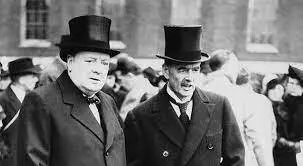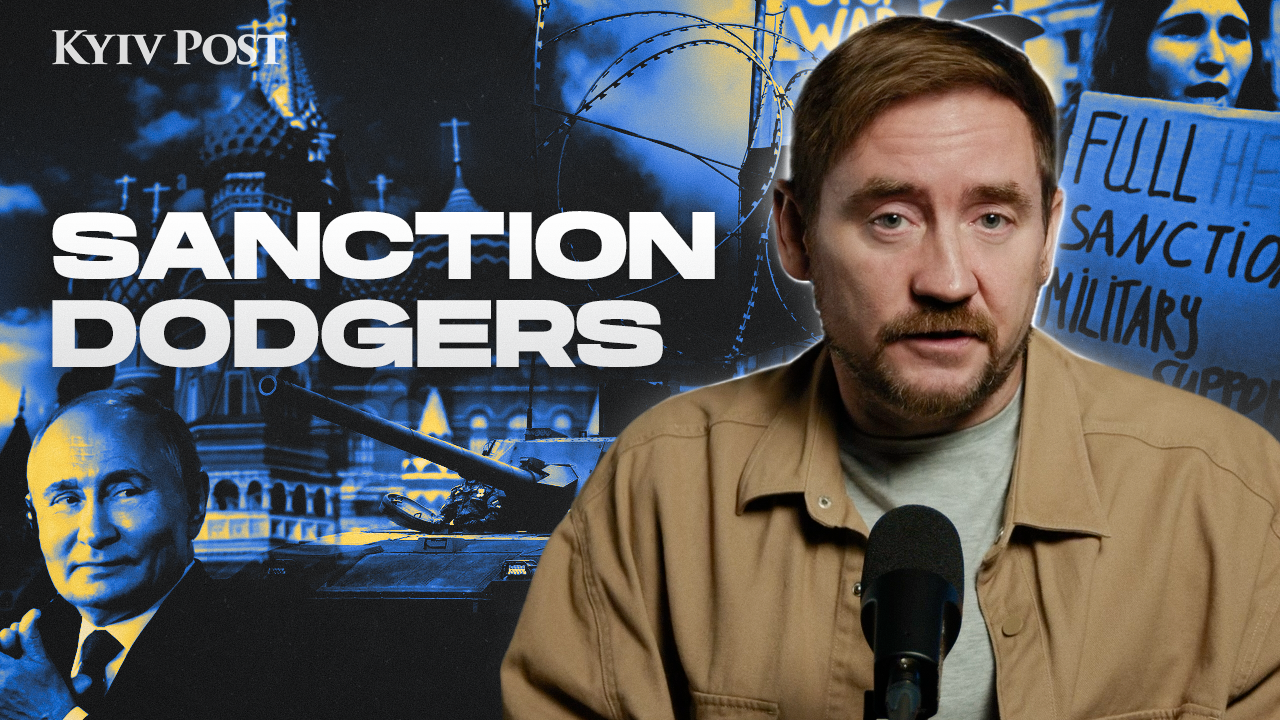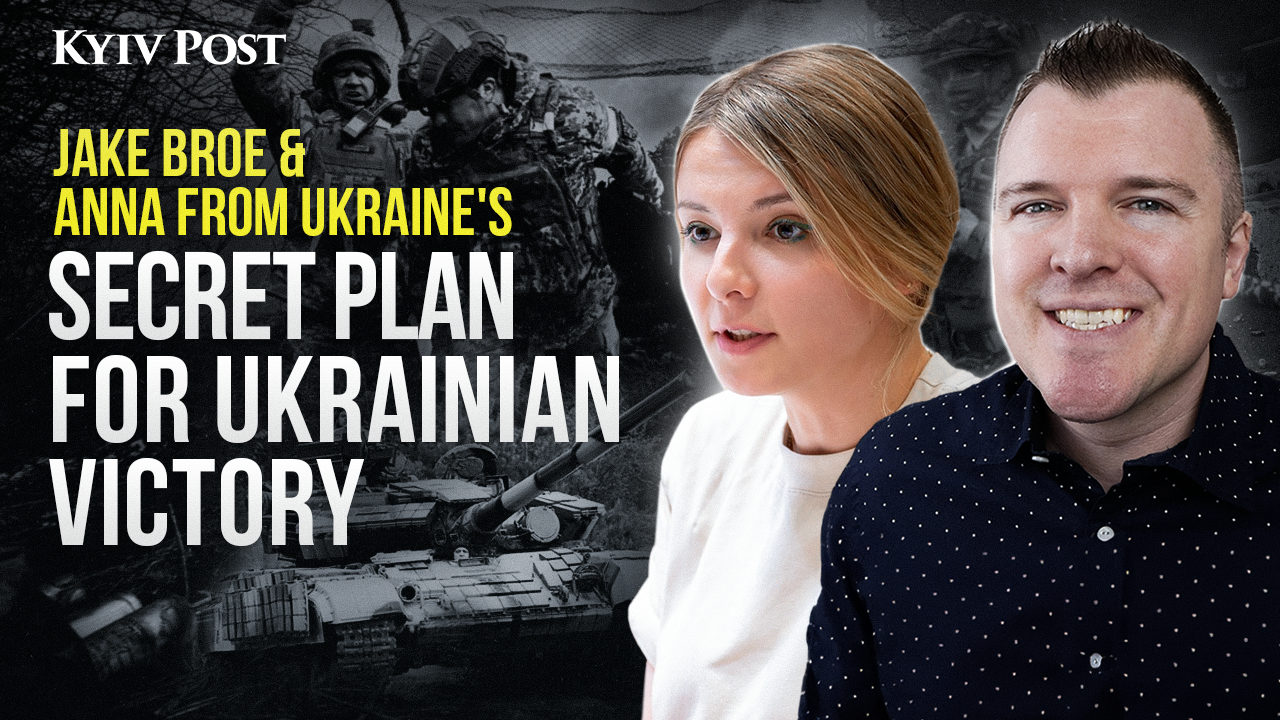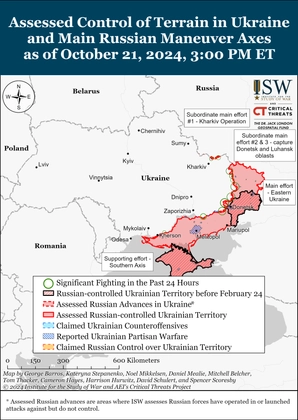From the Editors: This is the second of a five-part analysis. See Part 1 here.
The nuclear risk
JOIN US ON TELEGRAM
Follow our coverage of the war on the @Kyivpost_official.
Two years into the full-scale war – and nearly 10 years after the West decided to not intervene militarily out of fear of a very hypothetical nuclear confrontation – we have learned to live with a very real and increasing risk of several nuclear disasters.
For the first time in our history, a high-intensity war is being fought amid 15 nuclear power plants (NPP). Zaporizhzhia NPP has been occupied since March 2022. It is understaffed, suffering regular blackouts, and lack of maintenance and is being operated in conflict with design and existing regulations.
The risk of a nuclear disaster larger than the 1986 Chornobyl disaster is growing by the day.
Air defense
Ukraine’s Soviet-legacy air defense (AD) is gradually being depleted, and the inflow of Western AD is both slow and limited. Most NATO members have failed to invest in and maintain a robust AD network since the end of the Cold War. They have, therefore, limited stockpiles to provide Ukraine. Simultaneously, many are scrambling to rebuild their own AD and close a critical vulnerability.
Many of the new pledges include systems that have not yet been produced. Germany has pledged to supply Kyiv with eight IRIS-T systems, three of which have been delivered. The US has pledged 12 NASAMS to Ukraine of which at least six will be provided over a longer time frame (2025). Canada has pledged one NASAMS yet to be delivered.
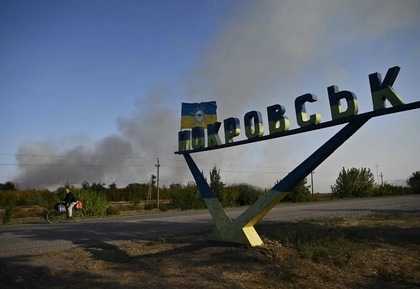
Frontline Ukraine Cafe Offers Glimpse of Normality as War Rages
Lacking readily available AD systems, the US provides technology for “FrankenSAM” Air Defense Systems (hybrid AD systems) to boost Ukraine’s military capabilities. The FrankenSAM project, implemented by the US, involves three variants: the integration of US Sea Sparrow missiles into Soviet-era Buk launchers, the combination of the US Sidewinder air-to-air missile with a Soviet radar, and another project which is kept secret but referred to as the most capable one.
Russian combat aircraft has not been operating over Ukrainian-controlled territory since the spring of last year. If the Ukrainian AD network is weakened in 2024 as Russia is increasing its production of both long-range missiles and drones, the nature of the war will change dramatically in Russia’s favor.
Ten years into the war, the US and European defense industries are still struggling to ramp up production because of governments’ unwillingness to commit to long-term production output.
Defense industries
According to an Estonian Ministry of Defense assessment: “Allied 155mm artillery systems outrange equivalent Russian 152mm systems, have a higher rate of fire, and better accuracy. Ukraine requires a minimum of 200,000 rounds per month to retain localized fire superiority. Sustaining this rate of fire will empty European and US stockpiles over 2024 and will require significant foreign purchases of ammunition.”
Ukraine is already experiencing a shortage of ammunition. Ukraine’s gunners must use ammunition rounds sparingly. Ukraine needs more rounds than its allies can currently give them. The shortages are prompting Ukrainian forces to redistribute artillery ammunition and replan military tasks. “Without ammunition, Ukraine won’t just have to stop trying to recapture land: it won’t be able to stop Russia’s attacks and could ultimately lose this war.” Due to the shortage of artillery shells, the Armed Forces of Ukraine (AFU) have been forced to curtail some operations.
Ukraine has long experienced a shortage of Soviet-legacy 122mm and 152mm shells along the entire frontline.
In September, Ukraine for the first time achieved artillery parity with Russian forces. The combined increase of Russian imports of artillery shells and production, along with reduced inflow of Western defense aid, have led to Russian forces currently firing five to seven times more shells than the Ukrainian forces.
Ukraine is, therefore, increasingly focusing on rebuilding its domestic production. It has recently signed several agreements with international companies to establish joint production of arms and ammunition. These production lines will, however, not be up and running for another two to three years.
Ten years into the war, the US and European defense industries are still struggling to ramp up production because of governments’ unwillingness to commit to long-term production output. Nine years after the Wales summit – and despite the continually escalating war – only 11 out of 31 countries have met the declared goal of 2 percent defense expenditure as a share of GDP and 20 percent equipment expenditure as a share of defense expenditure; 5 out of 31 meets neither of the two requirements. As a consequence, the West has (more or less) run out of weapons and ammunition it can provide Ukraine. Yet this was the “writing on the wall” already one and a half years ago, the West has failed to adapt its strategy.
In contrast, Russia is gradually mobilizing its defense industrial base (DIB) to address material losses in Ukraine and sustain a prolonged war effort. It has long-established schemes to reduce the effect of sanctions. President Putin is shifting the Russian economy and society to a war-time footing. Its defense spending for 2024 will account for 29.4 percent, or nearly one-third, of Russia’s total budget expenditure. While the efforts do not come without pitfalls, it is still a demonstration of willingness to do what is needed to succeed.
NATO deterrence
NATO deterrence does not work. While there are several reasons why this is the case, the single most important argument is that if deterrence worked, the full-scale war in Ukraine would never have happened. Why? Because the Alliance was committed “to help manage developing crises that have the potential to affect Alliance security before they escalate into conflicts; to stop ongoing conflicts where they affect Alliance security.” NATO was not committed to defend Ukraine, but it was committed to defend itself in Ukraine (like Poland, Estonia, Latvia, Lithuania, the Czech Republic, Romania, and more are presently doing).
While deliberating the assault, Russia will have considered the implications of the NATO commitment as laid down in its 2010 Strategic Concept but concluded that the Alliance was not up to the task. Russia was, unfortunately, proven right.
The Demise of NATO
I have previously questioned the future of the Alliance (Will NATO survive the war?).
Once the bedrock of European defense, NATO now confronts doubts about its future purpose and relevance after years of under-investment left it unready against Russian aggression
Despite statements of unity, the Alliance is experiencing discord over its level of ambitions; lack of common strategy; lack of political will and military capabilities; Europe’s continued failure to invest in security and defense; the US failure to meet its commitment in Europe; and not least, the lack of coherence – the not so shared values and principles – between member states.
Consequently, the war in Europe continues to escalate in scale and scope.
Elections
Both the US and Europe are facing several crucial elections in 2024. The consequences of Donald Trump’s potential success in 2024 are of real concern to many. He may choose to cut back on US support to Europe and withdraw from NATO.
Recognizing, however, the strong bipartisan support for Ukraine in the Congress, as well as how crucial a Ukrainian victory is for US national interests, an end to American support is unlikely. It is rather a question about the scale and scope of its support.
That said, isolationist sentiment has long been a part of the American political landscape. It is very much reflected in its security and defense policy deliberations around Ukrainian and, therefore, European security. The Biden administration has, after all, failed to set up Ukraine for victory.
I am more concerned about upcoming elections in Europe.
NATO chose to not intervene militarily in Ukraine and has, consequently, accepted the resulting “tsunami of ripple effects” from the war
It has already led to an unprecedented surge in protests over the increased costs of living, causing strikes, demonstrations, riots, and increasing extremism globally.
Consequently, the political landscape is changing little by little. With far-right parties on the rise across Europe, the future cohesion of both NATO and the EU is at risk. The Netherlands, with the election of a far-right government, is only its latest victim.
Many Chamberlains and Absence of a Churchill
The US and Europe lack strategic thinkers. After decades of “peace in our time,” governments, ministries, agencies, armed forces, academia, and media alike had lost the experience, knowledge and even the vocabulary needed to conduct grown-up discussions about security risks, conventional and nuclear war, crisis management, total defense, deterrence, readiness, sustainability and more.
Ten years into the war, the West is still upholding a strategy that has allowed Russia to turn peace into crisis, conflict, and war. It has quietly accepted the “tsunami of ripple effects” from the war, as Russia strengthens its relationship with the Global South as it continues to escalate and broaden the confrontation.
A new, bolder strategy is desperately needed. A Russian victory in Ukraine will be devastating for European security and stability.
The views expressed in this opinion article are the author’s and not necessarily those of Kyiv Post.
You can also highlight the text and press Ctrl + Enter


